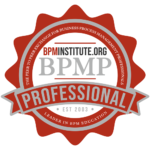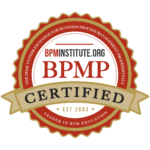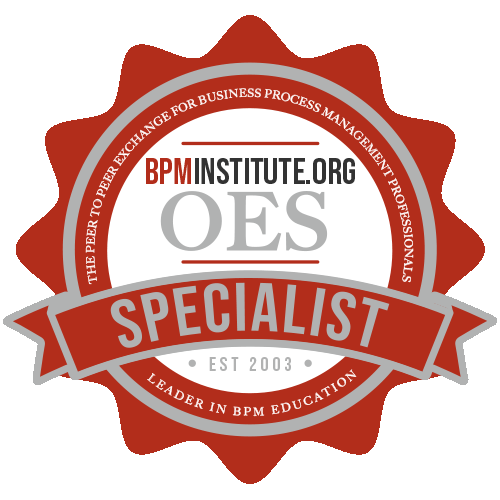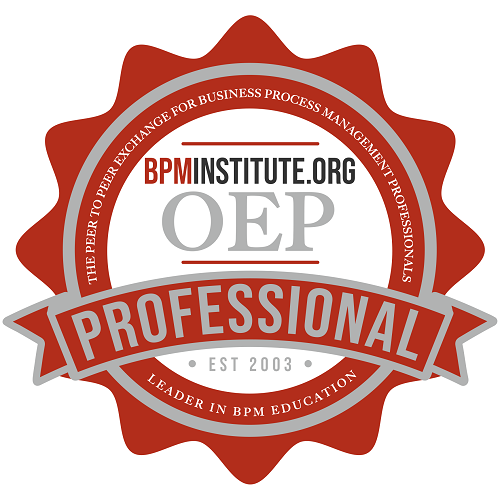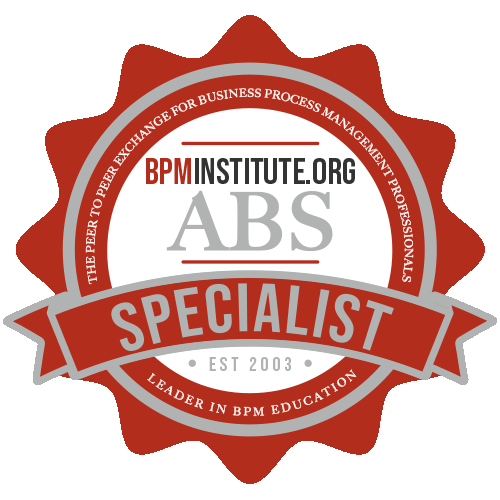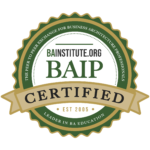Home / Resources
Resources
Discover a Wealth of BPM Knowledge and Expertise at BPMInstitute.org!
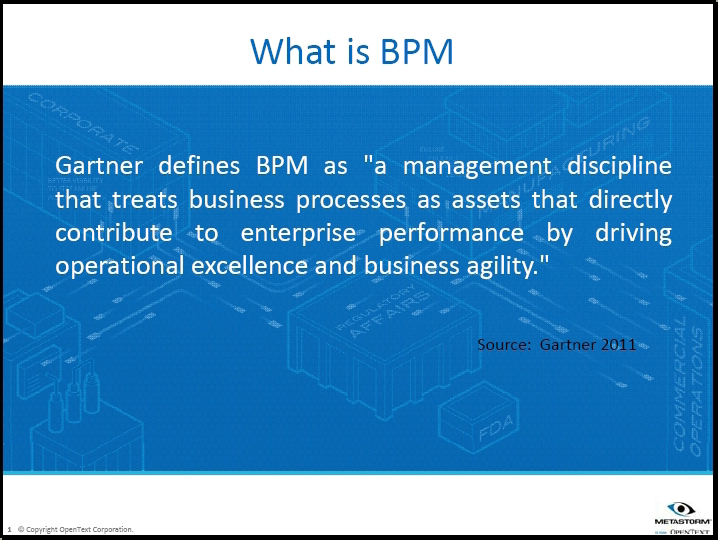
BPM Results and Key Success Factors
BPM can deliver levels of transparency, productivity and accountability across your business. To achieve this, you must start with understanding the actionable, practical and proven steps for process improvement success. People usually focus on individual projects when implementing BPM versus considering the entire enterprise.
BPM can deliver levels of transparency, productivity and accountability across your business. To achieve this, you must start with understanding the actionable, practical and proven steps for process improvement success.
People usually focus on individual projects when implementing BPM versus considering the entire enterprise. Focusing on the enterprise ensures assets can be leveraged outside of a single project.
The technologies, methodologies for adoption and real-world best practices from successful companies discussed in this workshop will leave you with a formula for BPM success to start the transformation at your company.

Case Study: United Airlines Lessons Learned in Transformation
United Airlines discusses initial challenges when you start a project and the things that the tool and methodologies do to make it work. Learn how and why United Airlines chose the tool and how United Airlines moved forward and integrated the tool to support its BA domain.
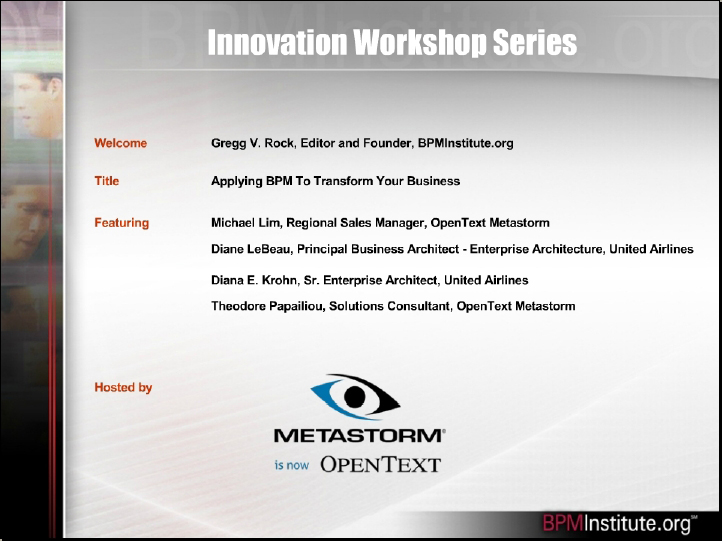
How BPM Enables Transformation
See a demo of how upfront analysis maps the organization and processes and then optimizes them.
The presenter demonstrates the cycle of identifying the process, goals and strategies of the organization from the enterprise architecture perspective moving down into the business process analysis. The key purpose is to identify which processes make sense to automate.
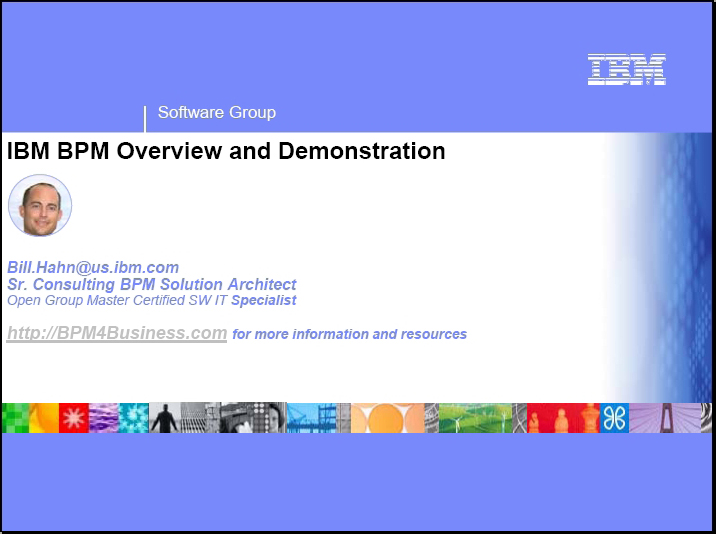
BPM In Action
See BPM in action from a discovery, implementation and optimization standpoint.
A core component of BPM is the ability to streamline and automate business processes, providing the flexibility required to compete in today’s complex and fast-paced environment. Process automation allows you to transform manual, disjointed activities into streamlined, repeatable ones with consistent results, saving you time and optimizes costs to make the most of your investments.
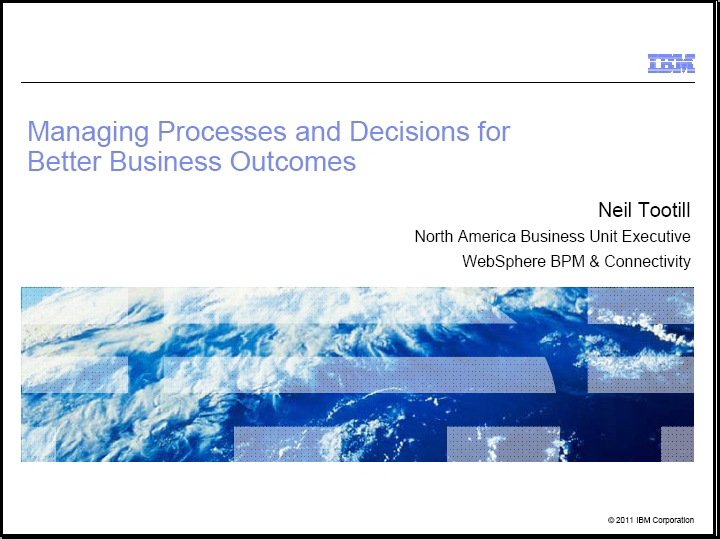
Visibility and Analytics for Continuous Process Improvement
Statistics and trends illustrate the perfect storm of ever-increasing complexities and IT challenges colliding with business goals and the need for increased agility. Neil features several use cases and success metrics.
Businesses are struggling to meet the challenges of today’s dynamic business network: rising customer expectations, rapid economic swings, and new global competitors require business agility to respond faster to change.
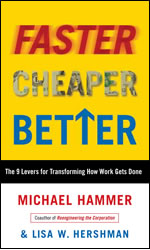
Faster Cheaper Better: The 9 Levers for Transforming How Work Gets Done
In Faster Cheaper Better Hammer and Hershman study both the successes and the failures of many companies—both what they had done and not done—to identify where they had run aground or what had made their efforts bear fruit. These in-depth case studies of Hammer and Company clients who used process methods include:

Balanced Approach to Process Metrics
As business process management understanding matures within organizations, new challenges will arise. Sometimes it helps to know how other disciplines have addressed similar issues as it avoids the “reinventing the wheel” syndrome. For the last decade forward thinking organizations have conducted reviews of their business processes and taken steps to streamline them, i.e., minimize the “handoffs” between business units. For publicly traded companies, Sarbanes-Oxley has increased the complexity of business processes and prevented the streamlining of certain processes.

A Business Executive’s View of Business Architecture
Business architecture is a game changing discipline that allows a business to establish a common vocabulary, shared vision, and level of transparency that facilitates initiatives ranging from mergers and acquisitions to deployment of new strategic business models. Even as business architecture success stories emerge, the message has been slow to penetrate the executive suite. This article discusses why business executives should strongly consider business architecture as a way of overcoming many of the complex obstacles inherent in today’s dynamic business environment.

Future with BPM: Cost Vs Benefits & Strategies
A Prominent factor of international business today is its strategic direction. Global firms are competing with a wider variety of business and operational strategies and with more complex operational strategies today compare to 12 years before.
This makes more challenging for global operation to deploy same model for its internal business where economic and market conditions are different. This can resolved by providing a unique national strategy and dedicated modification of key activities for each major country; this facilitates customizing the business around each countries market.
A global business and operational strategy world is considered as signal market where corporate goals are common. This brings international operations to tough spot of performing as stand-alone entity.
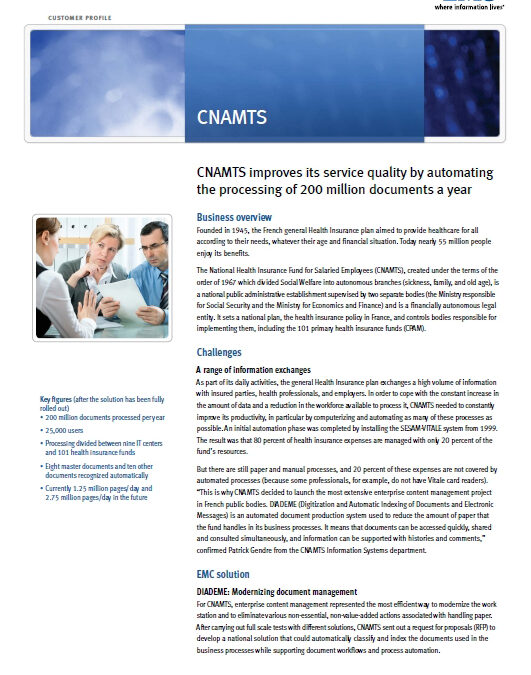
Case Study: Improve Service Quality By Automating Document Processing
Nearly 55 million people depend on the French National Health Insurance Fund, CNAMTS. Learn how CNAMTS leverages case management to reduce paper and processing times while improving service quality.
Download this case study and learn:
- How document capture helps speed processing and eliminate errors
- The key steps that drive workflow acceleration
- How case management supports worker decisions by providing information in context
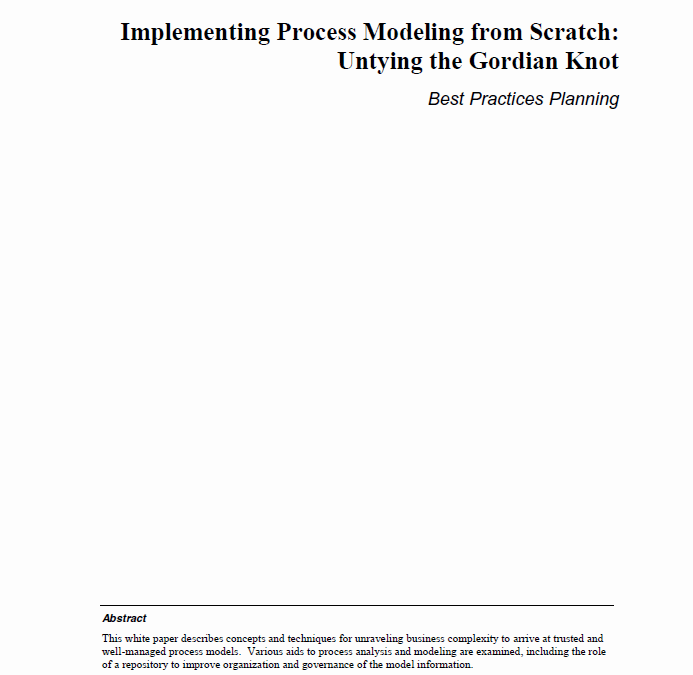
Implementing Process Modeling from Scratch
This white paper describes concepts and techniques for unraveling business complexity to arrive at trusted and well-managed process models. Various aids to process analysis and modeling are examined, including the role of a repository to improve organization and governance of the model information.
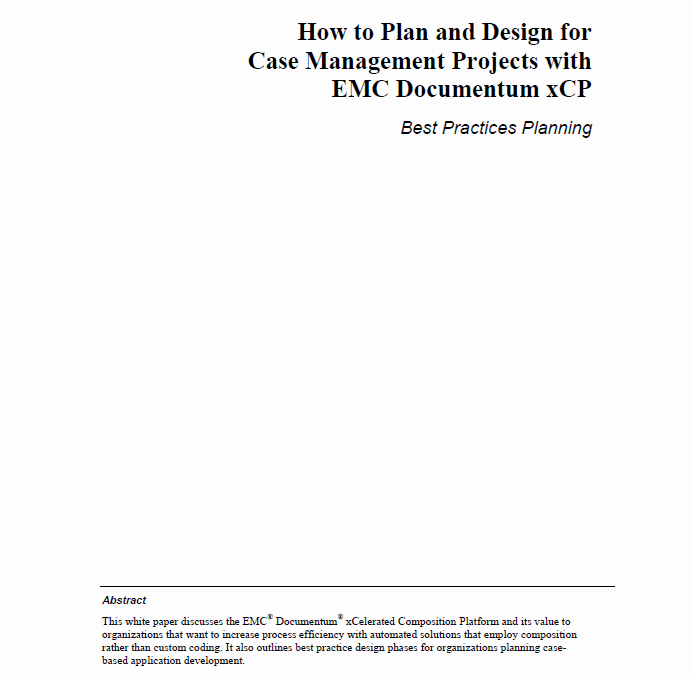
How to Plan and Design for Case Management Projects
This white paper discusses:
- Increase process efficiency with automated solutions that employ composition rather than custom coding.
- Best practice design phases for organizations planning case-based application development.
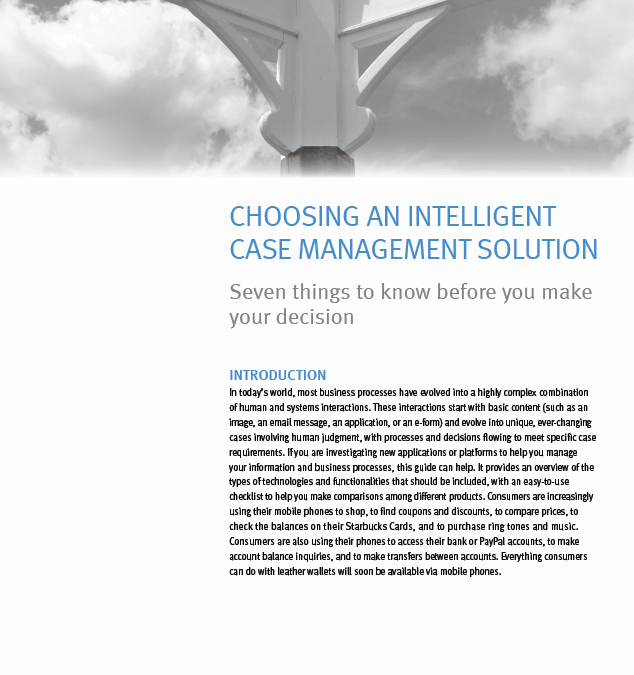
7 Things to Know When Choosing a Case Management Solution
This Evaluation Guide helps you compare and separate true intelligent case management platforms from BPM systems and other solutions that offer a lot on the surface, but very little underneath.
- The seven critical capabilities of intelligent case management
- What technical questions to ask of all vendor solutions
- Which solution is right for you

The Decision Model: Breaking Barriers in Real-World Projects
The number of successes with The Decision Model is escalating. Organizations are using The Decision Model to solve a range of business challenges and opportunities including some we did not expect. Therefore, this month we summarize three real world projects to illustrate how organizations are using decision models and how quickly project teams are delivering them.

SOA and Service Catalogues
A recent survey suggests that two thirds of large organisations are looking to implement a service catalogue in the next few months. However, the same survey also stated that less than half could articulate what benefit the service catalogue would be to the business. Looks like we are in a classic technology hype cycle!

The Business Architecture Core Artifact
Just about any serious Business Architecture (BA) discussion these days will include some reference to a model or artifact within the BA approach. This article will discuss what the author believes is the “core artifact” of the Business Architecture.

Why Process Sounds Stupid
Are you ready to get started improving work flow but just don’t know how? Do you want to build a process based culture? Do you want to buy a BPM suite? These are a few of the questions that organizations ask at one time in their development. But when to address these questions and how to address them depends on your purpose and company culture. And they can’t all be addressed at once.
This article is in two parts:

15 Minute Guide: Improving Worker Productivity With Case Management
Learn how case management can help you reap the benefits of automation in environments where people, information, and process collide—dramatically improving workflow and worker productivity.
Download this 15-Minute Guide and learn:
- The 4 secrets to improving knowledge worker productivity
- The 3 common characteristics of case-based processing
- How real customers benefit from intelligent case management

Creating Value With BPMN: A Business Users Perspective
There has been a lot of debate lately about the usefulness of BPMN (Business Process Model and Notation) to business managers. Some say that it’s too complicated and unintuitive and that it’s better suited to IT people. Others say business managers must spend time learning to read BPMN notation to find it more useful. Then there are those who say they use a sub-set of BPMN symbols to simplify models so that business managers can understand them. What’s more, little is said in the debate about the process modeller’s skills.

The Role of Leadership in Improving Operations
Customers are increasingly demanding higher levels of speed and quality, yet leaders often focus mainly on reducing the costs of operations. Confronted by current and anticipated business challenges, incremental improvements to operations, while still important, will no longer be sufficient to gain advantage. This presentation outlines the needed evolution in leadership attitudes and behaviors in key operational areas. This presentation is based on Andrew Spanyi’s book – Operational Leadership – and it builds upon concepts introduced by Dr. John Kotter, Dr. G.


